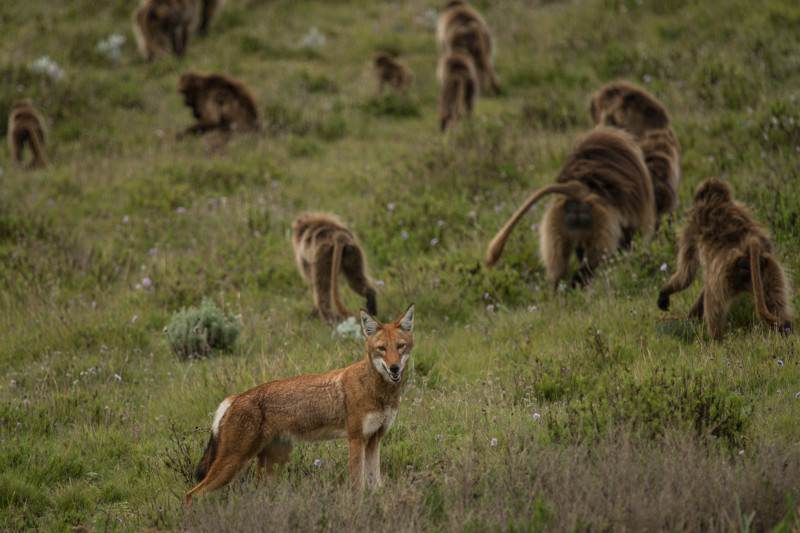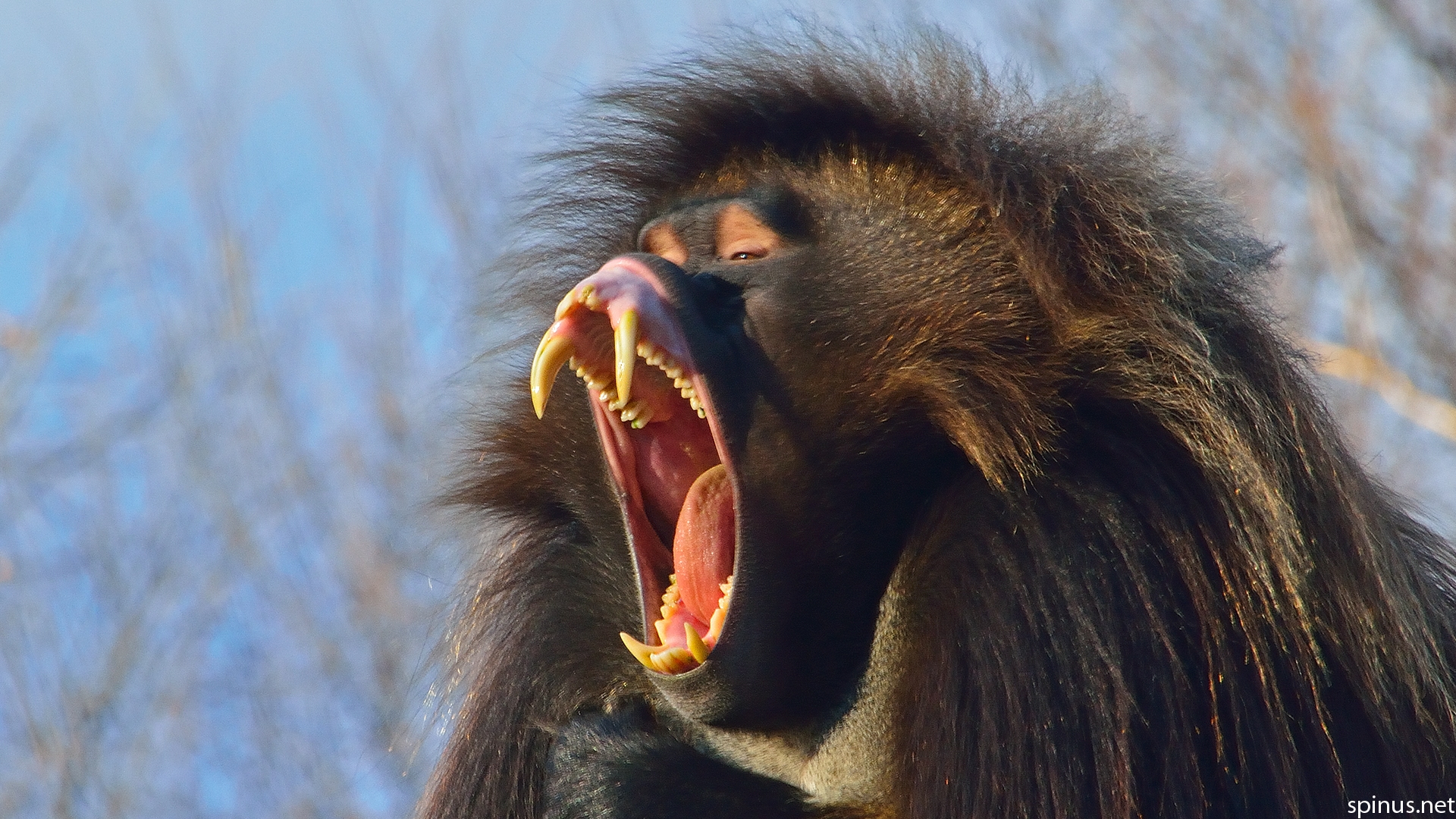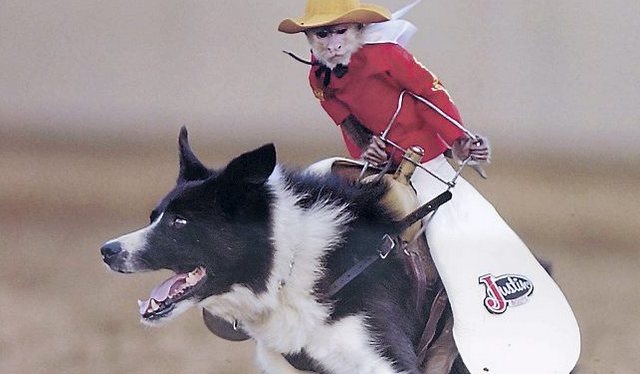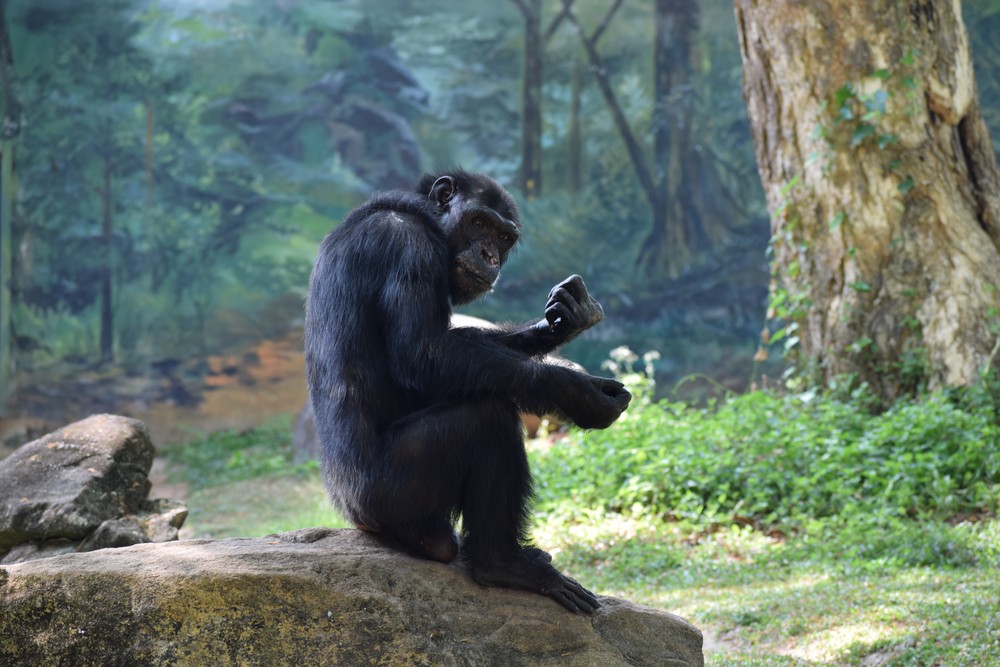Chief
~ Shmalpha ~
- Admin
- #1
https://www.newscientist.com/articl...lliance-with-wolves-looks-like-domestication/
In the alpine grasslands of eastern Africa, Ethiopian wolves and gelada monkeys are giving peace a chance. The geladas – a type of baboon – tolerate wolves wandering right through the middle of their herds, while the wolves ignore potential meals of baby geladas in favour of rodents, which they can catch more easily when the monkeys are present.

In the alpine grasslands of eastern Africa, Ethiopian wolves and gelada monkeys are giving peace a chance. The geladas – a type of baboon – tolerate wolves wandering right through the middle of their herds, while the wolves ignore potential meals of baby geladas in favour of rodents, which they can catch more easily when the monkeys are present.








